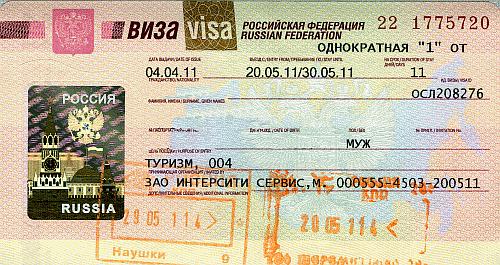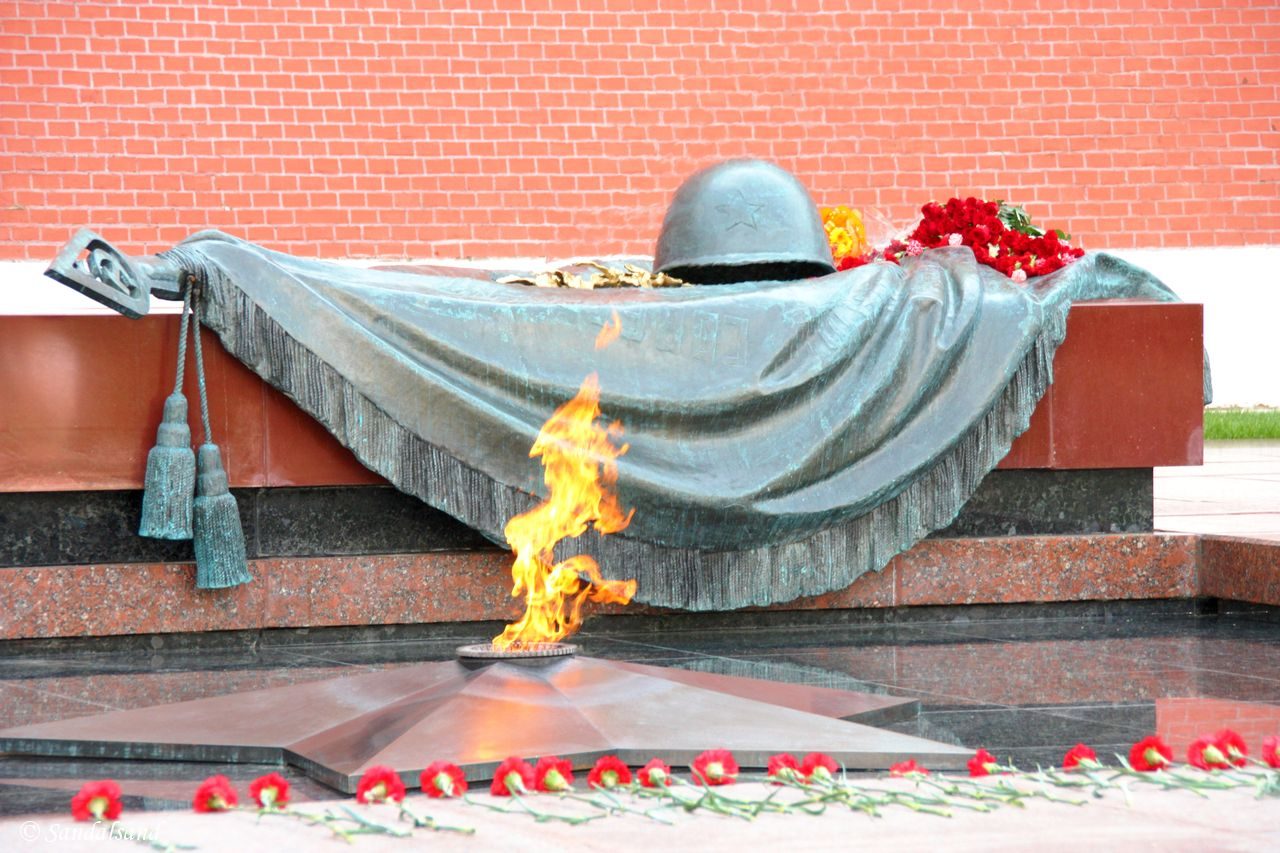Days 1 and 2 on a five day visit to Moscow is about getting settled and then seek out some of Moscow’s main attractions. We took the metro, crossed the Red Square into the St. Basil’s basilica. We visited GUM, the large department store and went for a long walk in the city centre.
This article is no. 2/11 in a series from a journey in 2011 on the Trans-Siberian Railway through Russia, Mongolia and China. The text is a transcript of my diary at the time.
Friday 20.5, Norway – Moscow
We arrived in Moscow on a Friday afternoon and had tickets on the Trans-Siberian from Wednesday the following week. That meant that I and four friends had 5 x 24 hrs to spend in Moscow. The last day would be together with a guide and a larger group. This group would be on the train together with us.
I will tell my story from Moscow in three articles, in a chronological sequence. It is after all based on a diary. This article is the first from Moscow and covers Friday and Saturday.
How we got there
The flight to Moscow went without drama. Pretty boring really with no food served flying in. There was somewhat more drama when CJ’s suitcase did not show up with its owner and he got acquainted with Russian forms.

My visa to Russia with entry and exit stamps
Our guide was not there before for a long while. But what is time? The guide Maria came and we went in a minibus driven by, well let’s call him Leonid, through the centre. Slow Friday traffic on five lane broad avenues that motorists automatically extended to seven lanes, carried us slowly to the hotel.
- HOTEL SOKOLNIKI HOLIDAY INN is a 25 storey business hotel complete with clean, polished and great rooms and common areas. High class also compared with Norway. Thus impersonal. I got glorious views from the 13th floor.
We had already talked about taking a day trip to the “Golden Ring” of beautiful old church and monastery towns around Moscow. The guide Maria was asked to check up on this, but we heard no more from her. (By the way she called late Saturday night without having come up with a solution.)
A walk in the park
Early evening we walked across the very busy street outside the hotel and walked the promenade to Sokolniki Park. The park was wide and long, quiet and very pleasant under the trees. Broad, paved park roads gave the visitors a grand impression. The cold beer tasted in the warm weather.
Good pizza nearby afterwards, and beer and vodka at the hotel bar at the end. A long day was over. We have a good impression of Moscow so far.
Saturday 21.5, Moscow
A good start
It is Thursday as I write this – on the train. There have been so many impressions so far that I almost begin to forget what to write about. It is shaking a bit too. For this reason, I dropped writing with pen and found the phone to type on. It shakes in harmony with the body and it is thus more convenient. It is nice for the first time to obtain a digitized travel diary.
I ordered a second round of vodka last night. It gave my friend H a rather troublesome Saturday morning.
The breakfast table was excellent. It did not have quite the same range that we find on smorgasbord home in Scandinavia, but a large selection of everything else.
We bought a card with five metro tickets for 130 roubles, which is (almost) an expensive one USD per trip. The traffic flow was good and we had a nice trip down to the Red Square.
Metro
Moscow has a dozen lines and eight million passengers daily on the Metro. That is easily noticed. And it really is moving fast. None of the stations we were on today was of the beautiful kind that Moscow is so famous for. But they are clean and nice nonetheless. A clear disadvantage is that the stations have signs only in Cyrillic, a habit we find on a number of things in the city. Street signs, information boards, menus, etc. We counted six stations and ended up correctly.
Red Square and St. Basil’s
The Red Square is not red, although some of the brick buildings and all of the Kremlin walls are. The name is actually derived from the word “beautiful”. In the communist era it certainly had a double meaning.
It is grand, powerful and beautiful. We stood five quarters of an hour in line for Lenin’s Mausoleum. Then we walked around the marzipan figure in less than a minute. Small guy, and without the charisma he must have had alive. It was an experience nonetheless – “been there”.
We got to see the changing of the guards at the Unknown Soldier’s grave while we were standing in line. Goose step marching. It is a fine monument in its pure pragmatic symbolism.
Then it was walking across one of the world’s finest and most famous squares. It lives up to its fame.
At the far end is St. Basil’s Cathedral with its colourful onion domes. We went in and wandered between small chapels lavishly adorned with icon paintings and murals with a long history. A small men’s choir underlined the atmosphere, only to be interrupted by a fierce mobile phone.
A famous department store
Upon exiting we were greeted by a heavy rainfall and we hurried over the Red, now wet, square and into the department store GUM. The surface of the long, light wall, which extends along almost the entire Red Square, is like a cake in all its trappings. Inside, the mall consists of three long, parallel, and glass-covered arcades on three levels.
There has always been trade here, before Stalin’s time exclusive trade as well. Stalin changed most of the shops into offices, but GUM preserved its magnificence and now appears to be a modern as well as upscale department store with all international designer brands and fashion houses. There’s a lot of Nouveau riche Russians.
We contented with a light lunch at the fountain and entertained ourselves by looking at bridal couples who would let themselves being photographed there. The sun beamed again when we came out.
A rather long walk
The day was already getting long when we embarked on the hike we had planned. We realized that parts of it had to be postponed to another day. First we went past the mighty Bolshoi Theatre, the world’s most famous ballet scene. It is closed for renovation.
Then we walked along the busy and congested streets to the Lubyanka, the KGB headquarters, where thousands if not hundreds of thousands found their tragic fate. The FSB is still located there.
Further on is the Polytechnic Museum which we were not tempted to visit, but it was an interesting sight. We walked down a park to the monument of the two monks who introduced the Cyrillic alphabet in Russia. We crossed the road and found a nice cafe for a coffee. The coffee was very good and it was good to sit down a bit. Are there no Russians who speak English?
We walked on past the Romanov family’s palace, which seemed very simple. In addition we passed “the Old English Court” next. It was an early Chamber of Commerce and the first British embassy. It had an interesting wooden roof, but no more.
The city seems full of monumental buildings, stately apartment buildings and old palaces. Moscow is definitely a city on the very top European level.
The evening and plan for the next day(s)
We dropped spending the rest of the day on the other side of the Moscow River and took the metro home.
The reception at the hotel arranged a guide and driver for the next morning to Sergiev Posad, a monasterial city 70 km outside Moscow. It cost 11000 roubles for all of us, or about 100 USD per person for the 6-7-hour trip.
Dinner was Japanese, of all. The reason was largely because the selection of restaurants near the hotel is low and the desire to take the metro to the restaurant areas was not high enough. The city is dotted with Japanese restaurants, apparently because Mrs Putin emphasises health.
Good foods we had, but we have not yet had Russian food. As in Norway Russians tend to eat something more exotic when they go out, or so we are not skilled enough to find locations. As we would later learn, they often hide behind unobtrusive entrances.
CJ’s suitcase was not there Saturday either, so he shopped more clothes across the street to Norwegian prices and quality. We also see in supermarkets the same: An attractive range of goods and a delight to walk around in. But where is the average Russian, with a teacher salary of USD 1000-2000 a month before 13.6% tax?
We went to bed in a quiet manner, with no vodka in the bar this time.
All chapters in this series
- The introduction
- Some very interesting and pleasant days in Moscow. That city has certainly more to offer than we imagined.
- NEXT: An excursion to a wonderful city in the Golden Ring and an evening in Moscow.
- A cruise on the Moskva River, the Gorky Park, the Kremlin and the departure for Siberia.
- The days on the train, four and a half days continuously on the move
- Mongolia: Well! Not bad to come to this country, some of the remotest imaginable of all inland countries. We first went into a national park.
- A day in Ulaanbaatar, the capital of Mongolia
- The train journey continues from Ulaanbaatar to China
- The train into Beijing from the border to Mongolia
- First day in Beijing and a visit to the Great Wall
- The last days in Beijing and the return journey


